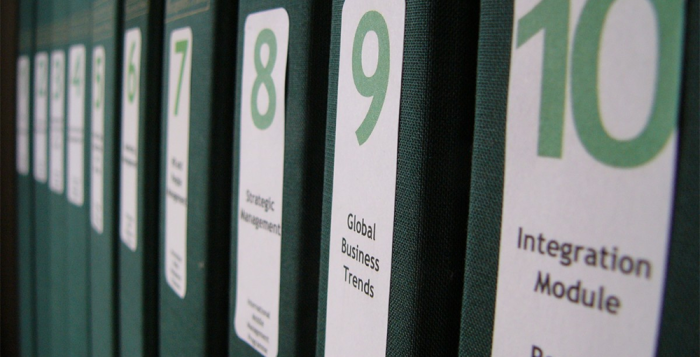ISO 9001:2015 represents a major change to the 9001:2008 version. One of these changes regards the Quality Management Systems (QMS) documentation.
The 2008 version of the standard, uses two separate terms “documents” and “records” to identify its documentation, whereas, in the recently published Draft International Standard of the new revision, both these terms are combined as “documented information”.
For those familiar with the 2008 version, it can be said that where it refers to “documented procedures” in the new revision it is expressed as a requirement to maintain documented information. Also, where the 2008 version refers to as “records” it is now expressed as a requirement to retain documented information. Below, there’s a list of the documented information that the new standard requires to be maintained and retained.
Documented information that is required to be maintained with ISO 9001:2015
- The scope of the QMS, including the products and services it covers and the justification of those requirements that the QMS will not be able to apply.
- Information that supports the operations of processes.
- The quality policy.
- Information that defines characteristics of products and services, activities to be performed, and the results to be achieved.
Documented information that is required to be retained with ISO 9001:2015
- Information necessary to have confidence that processes are being performed as planned and conform to requirements.
- Information on the quality objectives.
- Information as evidence of fitness for purpose of monitoring and measurement resources.
- Information as evidence of competence.
- Information describing the results of the review of requirements related to products and services.
- Information resulting from the design and development process.
- Information on review of design and development changes.
- Information of the results of the evaluation, monitoring of performance and re-evaluation of the external providers.
- Information necessary to maintain traceability when required.
- Information describing the results of the review of changes, personnel authorizing the change, and any necessary actions
- Information providing traceability to the person(s) authorizing release of products and services for delivery to the customer.
- Information on actions taken on nonconforming process outputs, products and services.
- Results of monitoring and measurement activities.
- Information as evidence of the implementation of the audit programme and the audit results
- Information as evidence of the results of management reviews.
- Information as evidence of the nature of the nonconformities, actions taken, and the results of any corrective action.
As it can be seen from the above list, in the new version of the standard, it will not be required to create and maintain a Quality Manual, which has been around since the creation of ISO 9001 in 1987.






